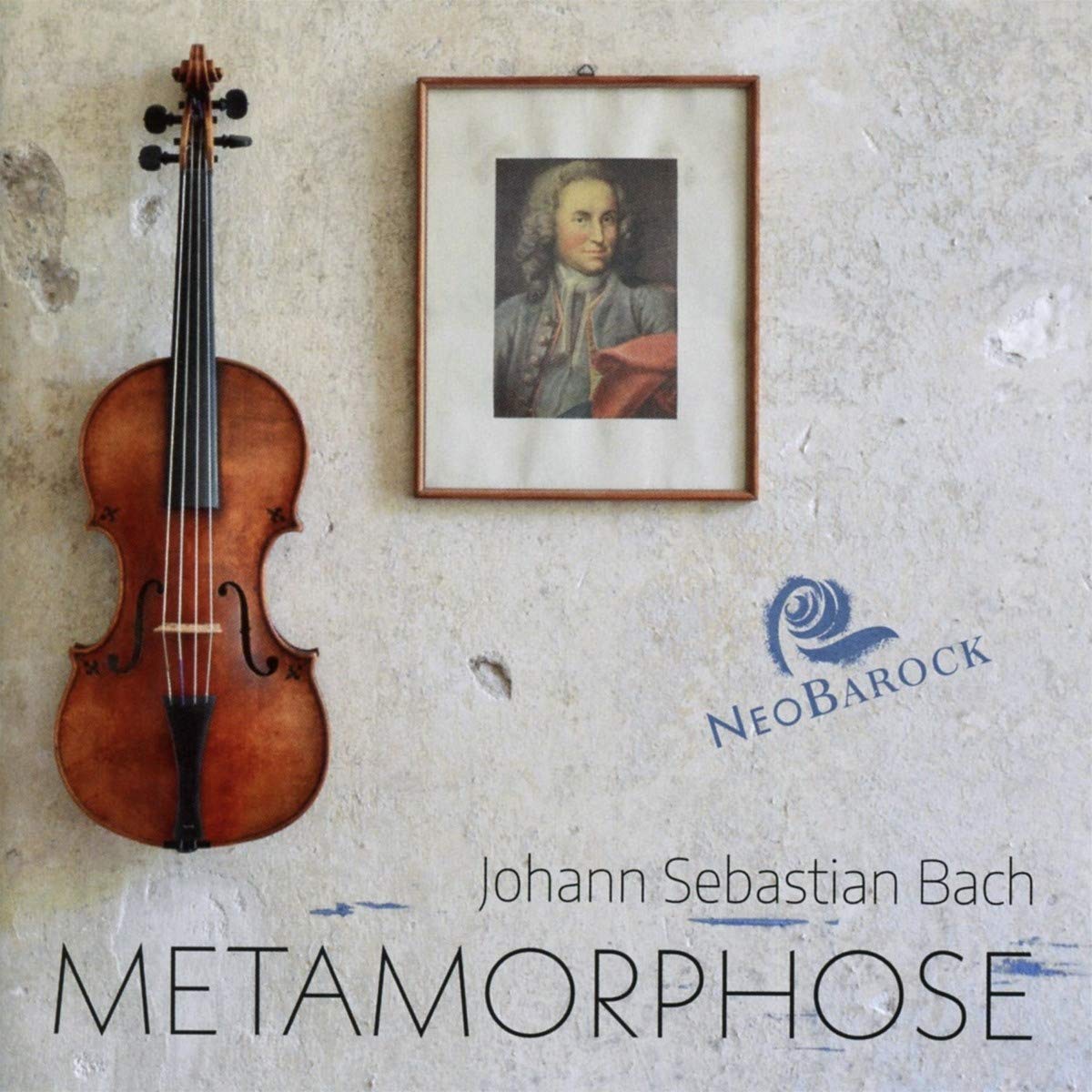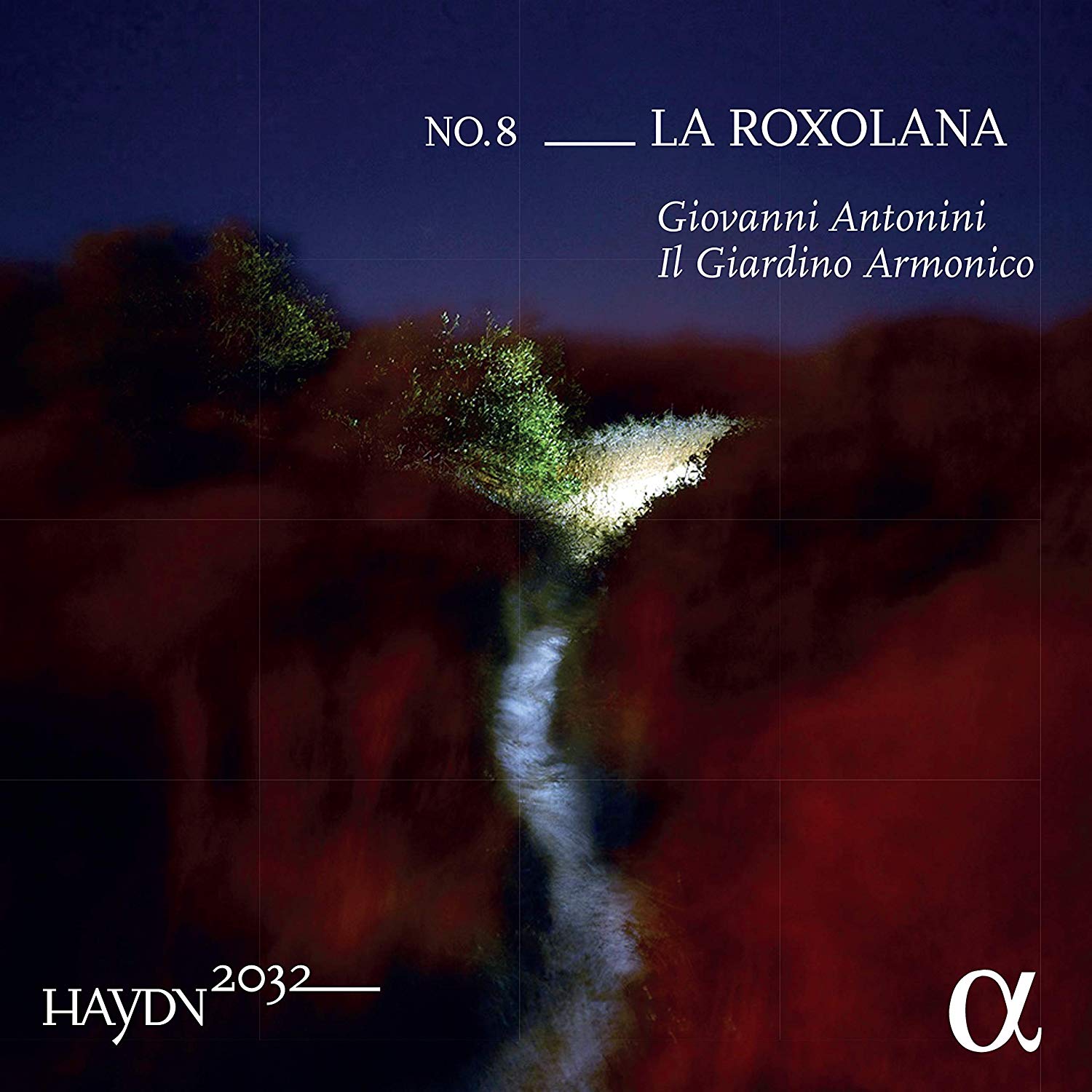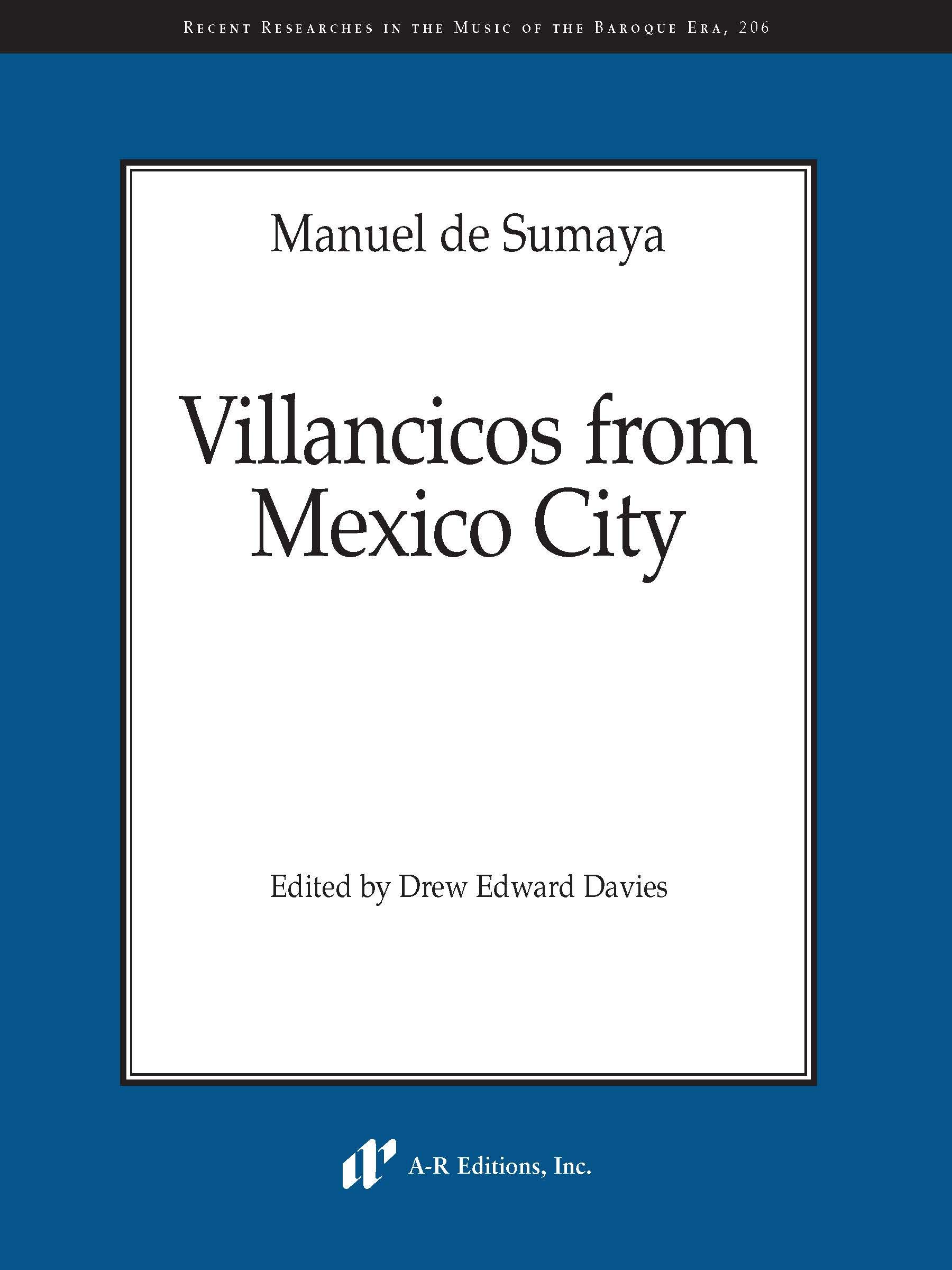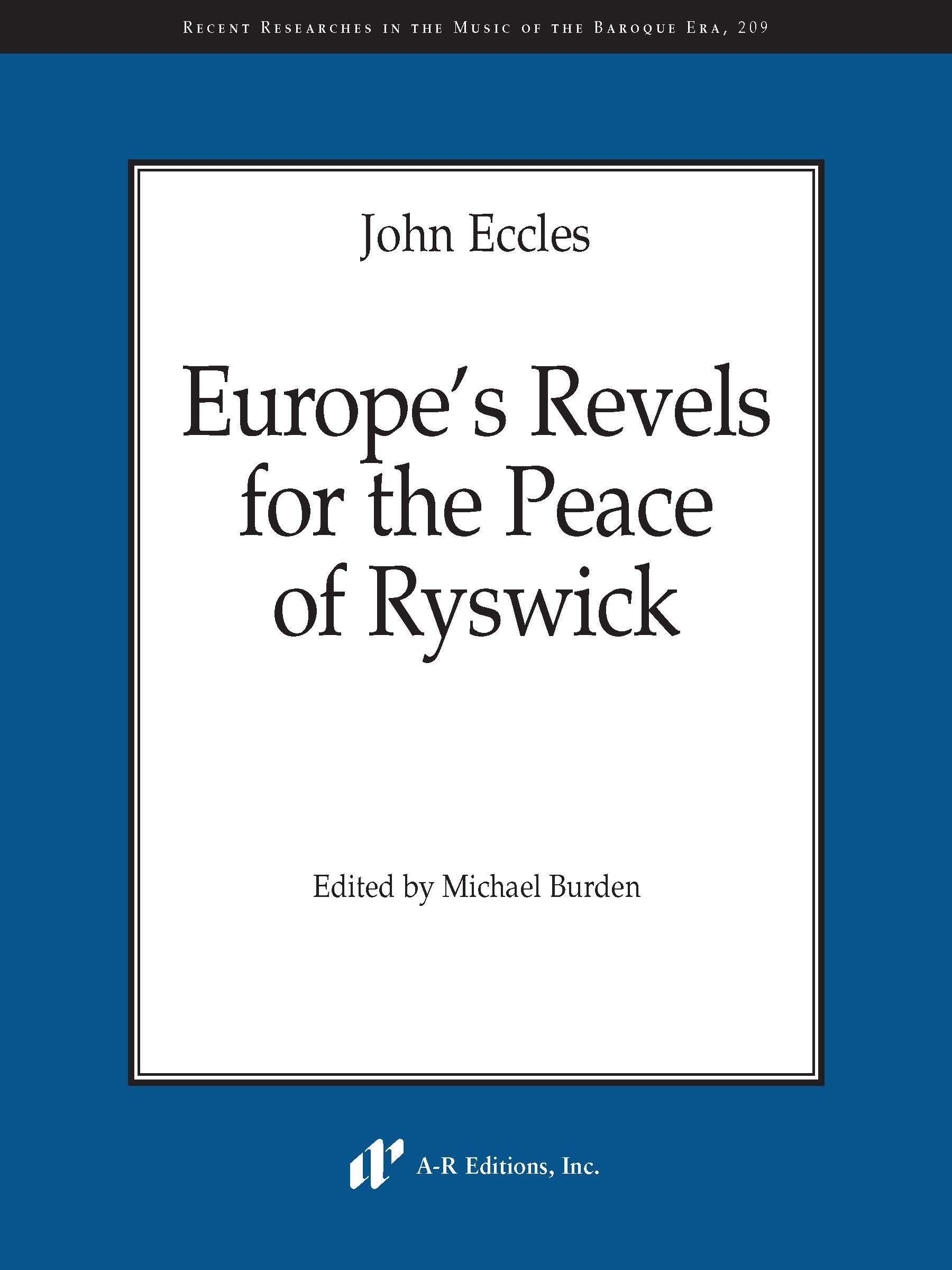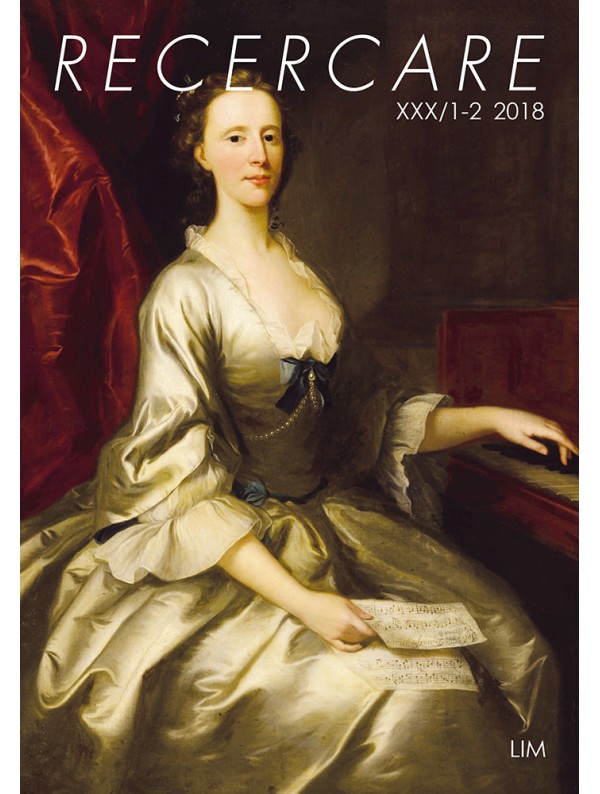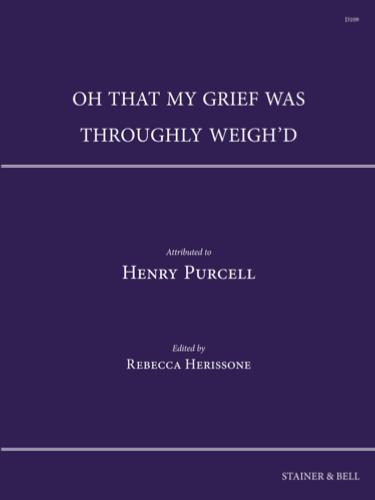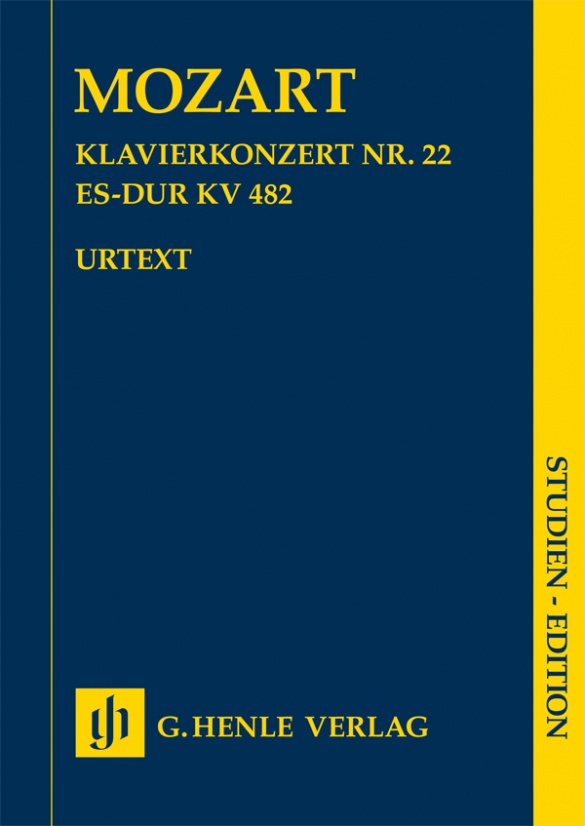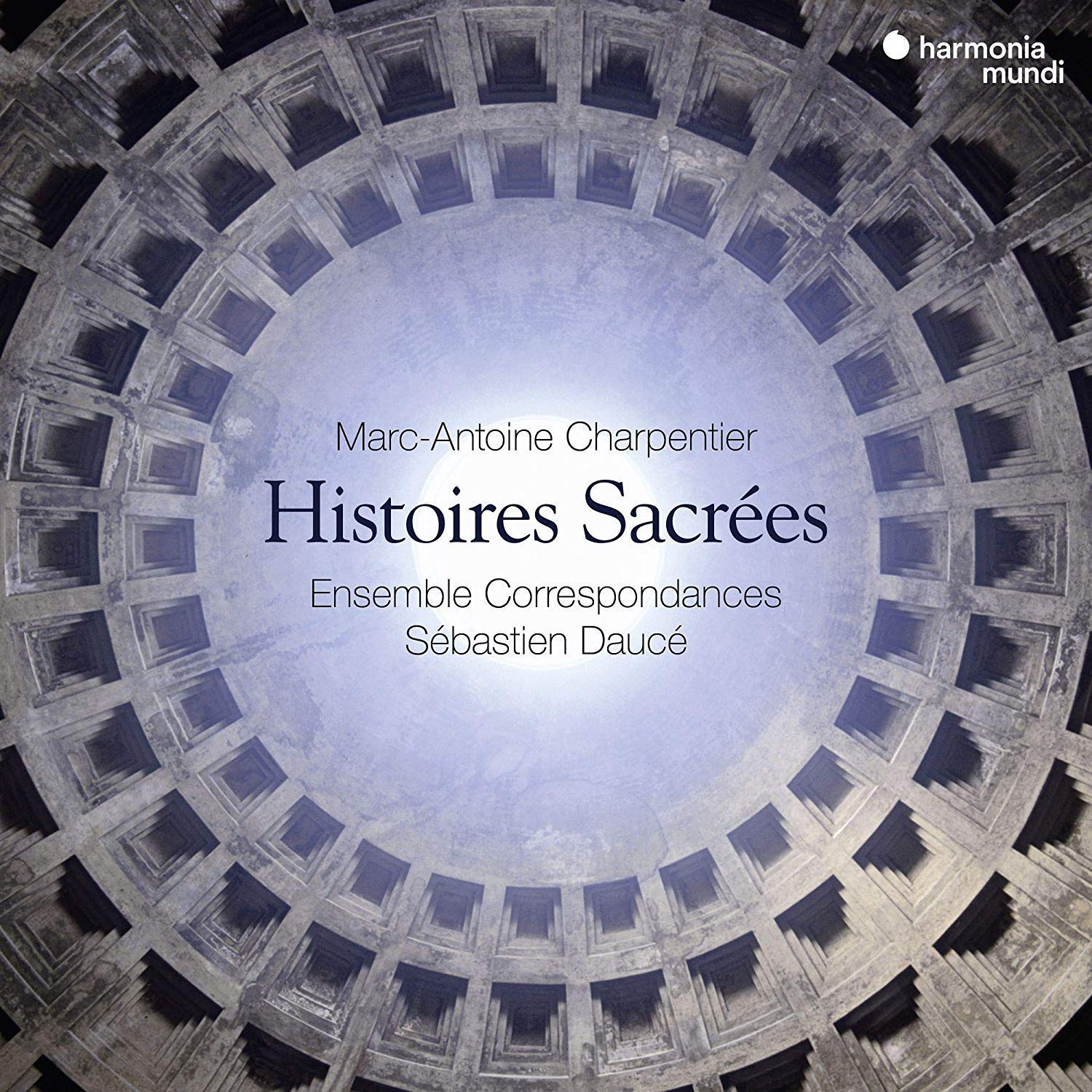Journal for the study and practice of early music directed by Arnaldo Morelli LIM Editrice [2018]
248pp, €30 (€ outside of Italy)
ISBN 978-88-7096-990-0 ISSN 1120-5741
recercare@libero.it
Buy it HERE
Only one study in the current issue of Ricercare is in English; the other seven are in Italian and the summaries appear in both languages. The order, as usual, is chronological, from the 1300s to the late 1700s. Geographically they involve the Veneto, Bologna, Florence and Rome. The journal is dedicated to Italian musical culture, and stimulates research by bringing to light newly examined sources.
In Un elenco Veneto di composizioni del Trecento con inedite attribuzioni a Marchetto da Padova e altre novità Francesco Zimei describes, transcribes and draws conclusions from a handwritten list of titles, originally from the area between Padua and Verona, of 35 mainly sacred 14th-century compositions with their Latin incipits. It is inside the cover of a folder made in the 18th century for containing material on musical theory, and is now in the Biblioteca Capitular y Colombina of Seville. 90% of the pieces listed are missing, but the list itself provides attributions for 80% of the titles. Perhaps previously unattributed music will turn out to correspond to these items, and in any case, from it we will know more about the composers named: Marchetto da Padova, Michael de Padua, magistri Iacobus, Petrus, Iohannes de Florencia, Franciscus de Bononia, and Zenonis.
The article Musica dagli Statuti della Confraternita di S. Maria della Morte di Bologna: ‘letanie, laude et alter oration cum canto digando’ by Gioia Folocamo is about twelve late 14th- and early 15th-century manuscripts of poetry for laude (of which 106 poems are in MS 157 of Bologna’s University Library). What the laude were used for was only recently determined thanks to newly discovered Statutes of a historic confraternity of Bologna that cared for convicts. Lauds were performed for the benefit of prisoners being led to the gallows.
Nicola Badolato’s literary examination of the typical themes and metrical forms of 17th-century Venetian poetry written by librettists for vocal settings is fascinating on various levels – even putting aside the specific works by Ferrari and Fontei used as examples. His study Soluzioni metriche e motivi poetici nei testi intonati di Benedetto Ferrari e Nicolò Fontei gives us interpretive insight into the transition from madrigals to arias, canzonettas, and cantatas, since the poetry was composed to be set to those forms of the time. Poets such as Guarini, Marino, Strozzi, Busenello, Chiabrera, and others, whether in a pastoral or a satirical vein (or both together), composed texts for the composers. One should therefore perform the great vocal music of the period with sufficient appreciation for their styles and forms.
Badolato is a musician, musicologist, and editor of critical editions of librettos and operas, and he has touched on too many elements to sum up without detail. Along the way, however, there are elements useful to performers apart from the technicalities, such as how the discussions held at the meetings of Giulio (and Barbara) Strozzi’s academies (Gli Incogniti and the short-lived Unisoni) were elaborated in music and the themes or topoi encountered in a great number of texts of the time. Singers will recall protagonists expressing their nostalgia for youthful love or refusal of love, the ridiculous expectations for it in the aged, the profound suffering and the brazen desire in others. Timidity and flirtation, love-sickness — with symptoms ranging from blushing and headaches to respiratory and cardiac; the mockery and deceit suffered by the infected; their flights or pursuits; their arming for battle or preparing to die. That these themes were discussed seriously and also made fun of should not be a surprise, given the poetry and music produced. After enjoying the poems included, on a second reading one can also delve into the contrasts of meters, rhyme schemes, and verse forms so appropriately employed.
Badolato missed the opportunity to contrast Monteverdi’s phenomenal setting of the anonymous Voglio di vita uscir with Ferrari’s: namely, that while both set the terza rima as a ciaccona (Monteverdi over variations of his Zefiro bass with continuo solo variations of the ostinato at various points, Ferrari with a straight repetition of a simpler version of the same ground), Monteverdi devoted an entire concluding section to the last four lines, set over descending tetrachords. He thereby contrasted the manic, joyous dance forn with a conclusive, poignant lament, whereas Ferrari simply halted the ostinato, adding two bars of recitative, in which the protagonist makes his last desperate resentful plea.
Antonella D’Ovidio’s article All’ombra di una corte. Lucia Coppa, allieva di Frescobaldi e virtuosa del marchese Filippo Niccolini describes the career of a Roman singer and harpsichord player born in 1625 who had the talent to become a pupil of Frescobaldi from 1635 to 1638. She also studied guitar, as well as singing and counterpoint with Filippo Vitali, and her thorough preparation and success was thanks to the Florentine marquis Filippo Nicolini di Camugliano (1586-1666), a patron active also in Rome, whom she served in his household in Florence. The archive of this aristocratic family, like others not yet explored, yields information on how such virtuosi “served” and what music was performed. According to Severo Bonini (Discorsi e regole sopra la musica, c. 1650 modern edition 1979, p. 113) she was hired by Giovanni Carlo de’ Medici because her playing ‘so leggiadramente’ was like Frescobaldi’s. (Leggiadria – lightness and charm – was specifically construed as applying to the ease in playing ornamental figures, so this source should be noted.)
Every detail of D’Ovidio’s account is telling, as for example, the Appendix. It lists the instruments and music books bequeathed to her by Filippo Niccolini: a highly decorated harpsichord by Domenica da Pesaro with two registers; a curious one containing four spinets (2 x 8’ and 2 x 4’ which can be coupled) for playing duets; an arcicembalo with five keyboards for passing from one mode to every other, invented by Nigetti and made by a son of Nicola Vicentino; another large harpsichord with all possible split keys by Canigiani; a good spinetta; a theorboe and a Cremonese violin. The article does not say if these instruments exist today, but it does say that she had the use of all of them in her music room.
Valentina Panzanaro takes us to Rome, where the Neapolitan violinist Salvatore Mazzella (ca. 1620-1690) played in a trio with Lelio Colista and Michelangelo Rossi. this was noted by Athanasius Kircher in his 1656 Itinerarium extaticum. Mazzella published a collection of dances in 1689, dedicated to Cardinal Fulvio Astalli, and Panzanaro gives a list of the 48 dance movements, four or five per Ballo, with their titles, time signatures, tempo indication, bar lengths and keys. Six are included as examples (most are for violin and basso continuo, in two repeated sections, with figured bass). The last nine are on varied ground basses. They are very short easy pieces, usually a Ballo, Corrente, Giga or Gagliarda plus dances such as Sarabande, Gavotte. Gighe and four Minuette [sic]. One can just make out which ones were actually ‘for’ dancing and which ‘da camera’, the latter typical of the Bolognese style of the 1670’s. They are similar to the sonate da camera attributed to the young Corelli, not mentioned by Panzanaro, but recently recorded, played and published by Enrico Gatti. About both Corelli’s and Mazzella’s one sees a similarity to dances for guitar, ordered into ‘sonatas, elsewhere considered suites’. Being from the south, Mazzella’s publication has a Tarantella of eleven repeatable 2-bar variations, at the end of which one repeats the first half.
In Drammi e oratori nella corrispondenza di Francesco de Lemene con il cardinale Pietro Ottoboni Clotilde Fino first outlines de Lemene’s literary production for other patrons who subsidized operas, oratorios and chamber vocal music in Rome. She then speaks of the projected works realized (or not) for the Cardinal. The correspondence between the Cardinal and the poet-librettist (1634-1704) concerned texts for oratorios – not only for Ottoboni, but also by him, from 1694 to ’98. The last exchanges are the most interesting because de Lemene was not only experienced in writing dramatic poetry for musical settings, but an honest, constructive critic. For example, when asked by the Cardinal for his opinion and suggestions on his work (Oratorio per la nascita del Redentore 1698, set by G. L. Lulier), he replied truthfully, if diplomatically, giving praise where due: an erudite recit of Lucifer was a bit too long, the demons set the scene but there was little ensuing action, and Lucifer could have commanded them to do what they in fact did to molest the newborn in the manger, and how about a reaction from the angels? His remarks give insight about how the librettist conceives, creates and constructs dramatic scenes before the work is set by a composer.
Huub van der Linden’s A family at the opera: the Bolognetti as an audience at the theatres of Rome (1694-1736) is a demonstration of what can be gleaned from studying the ‘paying audience’ frequenting the theatres of Rome. It examines the volumes of one household’s accounts, in this case one aristocratic family who attended and thereby supported (by renting boxes or buying tickets) most of Rome’s theatres. In sheer length and detail it makes one realize how much a comparative or consolidated ‘poll’ of numerous families might yield. That said, it is cumulatively interesting. The family was Ferdinando Bolognetti’s, and the sharing and repairing of boxes (responsibility of the ‘owners’), obviously crucial to a theatre’s management, shows political affinities and financial or social relationships between members of society, and the tastes of the theatre-goers. In addition to the very well-known theatres, the much lesser known Mascherone is mentioned. Van der Linden may not know that Luigi Antinori (1697-1734), a Florentine singer and composer, wrote a satirical cantata which begins with a reference to the Mascherone – La cantante smorfiosa (The carping diva). The soprano, addressing the implicated composer, complains that he made her go to hear the commedia there the night before, after which she caught a terrible cold and fever coming home, and now he expects her to sing.
In Giuseppe Maria Tanfani, compositore e violinista del Settecento fiorentino e inventore del violin tetrarmonico, Bettina Hoffmann rectifies an accidental misspelling of this appreciated Florentine composer’s last name as the far more common ‘Fanfani’, which precluded historians from connecting his activities with his sonatas. His 13 sonatas were correctly attributed to Tanfani in the manuscripts, as was the praise of contemporaries including Quantz, Pisandel, Casimiro degli Albizzi and Nardini. But about his life and other activities nothing was known, since documents in the National Library in Florence had catalogued them under ‘Fanfani’ . (I checked the white pages of the Region of Tuscany: today there are 191 Fanfanis to 2 Tanfanis!) Hoffmann’s suspicion was triggered, and after examining the ‘Fanfani’ documents in which the T’s were misread as F’s, the results turn out to be very interesting. Tanfani (1689-1771 – not ‘1779’ as both summaries give) was active as a violinist and as an inventive violin maker.
The manuscript containing his 12 sonatas for violin and basso, six da chiesa and six da camera, (I-Fn Magl. XIX, 198) is well described, including the folio recto and verso numbers for each sonata. As the study shows a photo of the opening Largo of the first sonata, in D minor (confirmed by the following description), the reader may be momentarily confused by the prior reference to it ‘in Re magg.’ This typo may have occurred because, coincidentally, another, separate sonata of Tanfani’s is indeed in D major: one extant in a manuscript in Dresden copied by Pisendel around 1717, and in another in Cambridge (formerly belonging to F. T. Arnold) in the hand of one of Vivaldi’s scribes, from 1725 or after.
The sonatas, while certainly good music, are typical. Absolutely original was Tanfani’s work as a violin maker. Readers of Italian can read the detailed description and purpose of his violin tetrarmonico. This document, in the Appendix, from 1722 or after, is ostensibly by a friend of Tanfani’s, but it is probably by Tanfani himself. By writing in the third person, he could praise the builder and his invention, and coyly avoid giving away exactly how this new violin worked: it has to be seen to be understood. Its purpose is tantalizingly laid out. ‘Tetrarmonico’ has nothing to do with pure intervals or the differences between diatonic and chromatic semitones. The instrument was designed to be playable in the normal violin repertory by all violinists, but also to allow composers to write notes a fifth lower, without losing the timbre, balance and sonority of the violin. It had a C string a fifth below the G string, probably of gut overlaid with silver thread, as well as 12 extra strings under (sottoposte) the five to be bowed. Of these seven are diatonic and five chromatic, each tuned to resonate with one of the 12 semitones. Not much is given away!
A further mechanism of ebony makes one think of the effects added to keyboard instruments to alter the sounds: instead of having to stop playing in order to place or remove the mute from the bridge, a lever operated by the chin while playing could place and remove it. It applied three levels of pressure: the first sordina, to dampen or mute, the second to vibrate like the low bowed string instrument known as the tromba marina, and the third to mimic a piccolo flautino perhaps raiseing the pitch by an octave.
Sadly, if Tanfani did compose for this instrument, no such music has yet been found. But now researches can look for references under his real name!
Barbara M. Sachs
